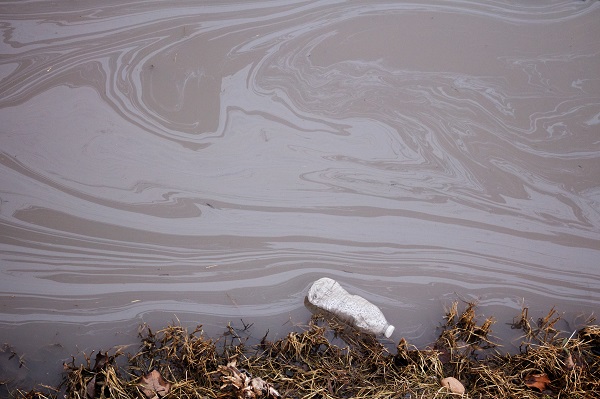PFAS are used in a wide variety of substances, including textiles, stain resistance, water resistance and firefighting foams. In many cases, there are readily available alternatives, making upstream efforts to phase out more PFAS in manufacturing an imperative. PFAS in firefighting foam has been phased out entirely by several airports around the world, for instance, but is yet to be regulated in the US, according to Mr Olson.
Positively, individual states could help to drive national improvement if they move to eliminate PFAS in products. “If Minnesota or Ohio or California says you cannot have PFAS in textiles then, because companies all sell it, the effect is to impact supply chains [nationally].”
Yet even if every PFAS in use was outlawed immediately, there would be a need to deal with long-term contamination of groundwater and sediment. PFAS move easily between air, water and land, creating a pollution challenge best addressed by preventing PFAS being used in the first place. “There is tremendous innovation and research and development under way across the globe on PFAS. There are new approaches to destruction and disposal under way and other technologies such as drinking water systems using treatment technologies like granulated activated carbon are proven to make water safe,” said Ms Fox.










 The scourge of untreated wastewater
The scourge of untreated wastewater Slowing
the chemical tide: safeguarding human and ocean health amid
chemical pollution
Slowing
the chemical tide: safeguarding human and ocean health amid
chemical pollution Hazardous chemicals in plastics - the discussions at INC
Hazardous chemicals in plastics - the discussions at INC





























